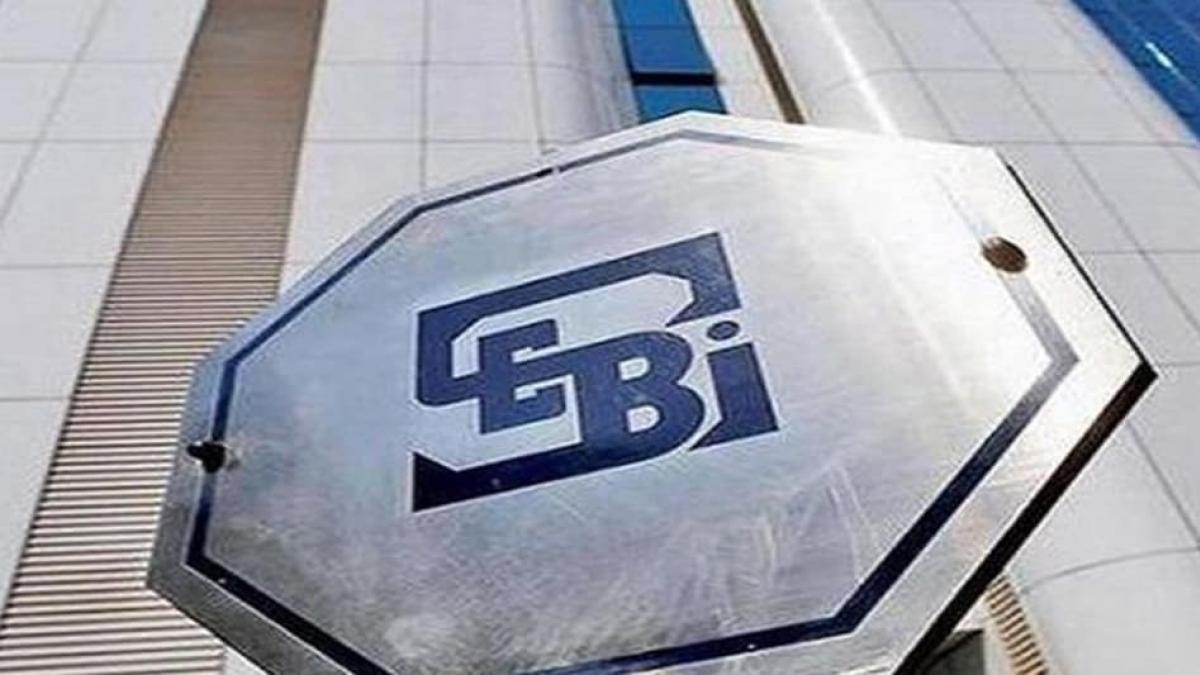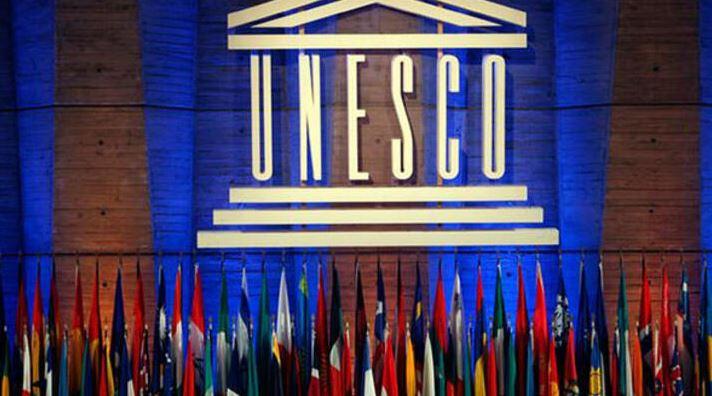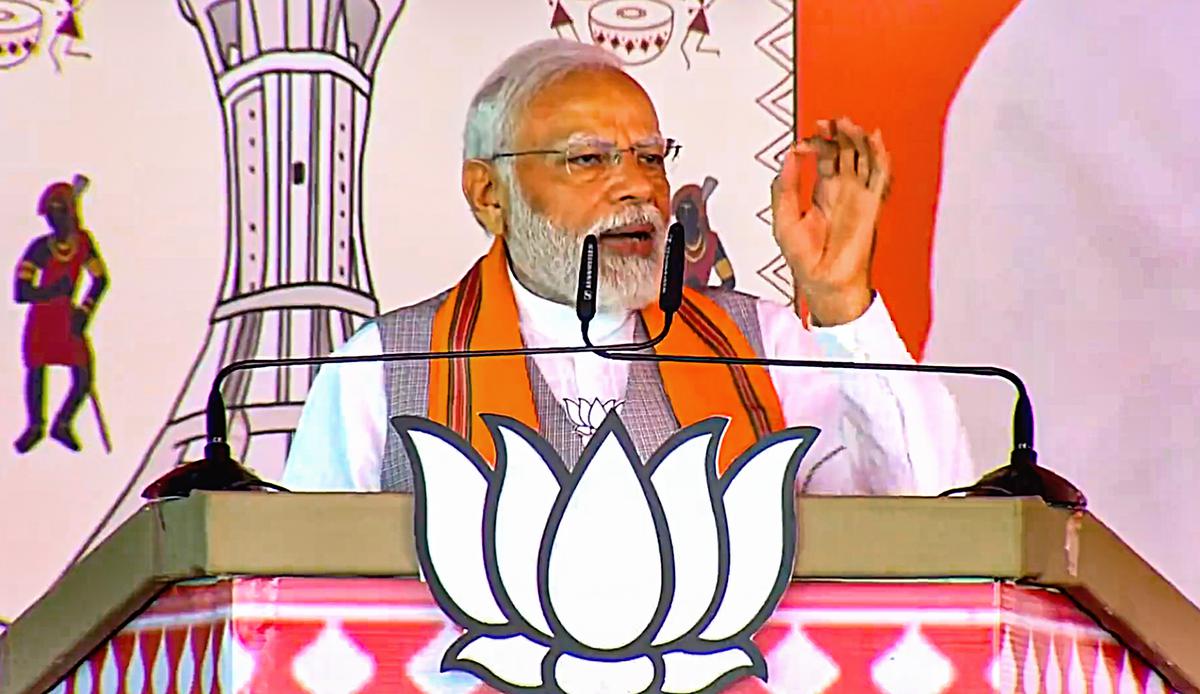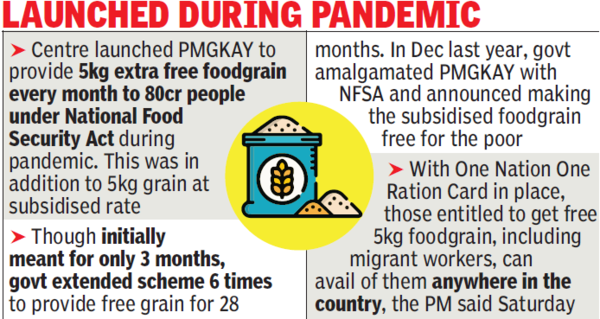
Angkor Wat, located in the heart of Cambodia, has recently earned the prestigious title of the 8th wonder of the world, surpassing Italy’s Pompeii. This UNESCO World Heritage Site is not only the largest religious structure in the world but also a testament to architectural brilliance and cultural significance.
About Angkor Wat
Angkor Wat is an expansive temple complex that spans approximately 500 acres and serves as the largest religious monument in the world. Originally constructed in the 12th century by King Suryavarman II, the temple was dedicated to the Hindu deity Vishnu. Over time, it transformed into a major Buddhist temple, reflecting the transition from Hinduism to Buddhism. The site is renowned for its statue of eight-armed Vishnu, revered as a protecting deity by the locals.
Angkor Wat Historical Significance
Built in the 12th century, Angkor Wat’s history is marked by its transformation from a Hindu temple to a Buddhist sanctuary. The intricate carvings on the temple walls depict scenes from Hindu and Buddhist mythology, providing a visual journey through the religious and historical evolution of the region.
Angkor Wat Architectural Wonder
Angkor Wat’s architectural brilliance is evident in its massive scale, precise symmetry and intricate bas-reliefs. The central temple complex features five lotus-shaped towers representing Mount Meru, a mythical abode of gods in Hindu and Buddhist cosmology. Surrounding its outer walls is a vast moat, adding to the grandeur of this ancient marvel.
Intricate Bas-Reliefs
The walls of Angkor Wat are adorned with detailed bas-reliefs that serve as an ancient visual encyclopedia. These carvings depict scenes from Hindu epics, historical events and the daily life of the Khmer people. The level of detail in these carvings showcases the skill and craftsmanship of the artisans who contributed to this colossal project.
Angkor Wat Cultural and Spiritual Significance
Beyond its architectural splendor, Angkor Wat holds immense cultural and spiritual importance. It remains an active religious site, attracting Buddhist monks and devotees who engage in prayer and meditation, contributing to the ongoing legacy of this historic monument.
Sunrise at Angkor Wat
One of the most iconic experiences at Angkor Wat is witnessing the sunrise over its majestic towers. As dawn breaks, the temple is bathed in hues of pink, orange and gold, creating a breathtaking spectacle that adds to the allure of this 8th wonder of the world.
Who is King Suryavarman II?
Suryavarman II, also known as Paramavishnuloka, was a king of the Khmer Empire who ruled from 1113 to 1150 AD. He is best known for building the Angkor Wat temple complex, which is the largest religious monument in the world.
- Suryavarman II was a devout Hindu and a skilled military leader. He expanded the Khmer Empire to its greatest extent and brought much of Southeast Asia under his control. He also oversaw a period of great cultural and artistic flourishing.
- Suryavarman II’s most famous achievement is the Angkor Wat temple complex. This massive structure was built to honor the Hindu god Vishnu. It is a masterpiece of Khmer architecture and is considered one of the most important religious sites in the world.
- Suryavarman II’s reign was a golden age for the Khmer Empire. He was a powerful and wise leader who left a lasting legacy on Cambodia. His achievements continue to inspire people today.
Here are some of Suryavarman II’s most notable accomplishments:
- Built the Angkor Wat temple complex, the largest religious monument in the world
- Expanded the Khmer Empire to its greatest extent
- Brought much of Southeast Asia under his control
- Oversaw a period of great cultural and artistic flourishing
- Strengthened the Khmer military
- Promoted Hinduism as the state religion
- Suryavarman II is considered one of the greatest kings of Cambodia. He is remembered for his wisdom, strength, and piety. His achievements continue to inspire people today.
About the Cambodia
Cambodia, officially the Kingdom of Cambodia, is a country in Southeast Asia. It is bordered by Thailand to the northwest, Laos to the northeast, Vietnam to the east, and the Gulf of Thailand to the southwest. Cambodia is a unitary constitutional monarchy with a parliamentary system of government. The capital and largest city is Phnom Penh.
History
Cambodia has a long and rich history, dating back to the Khmer Empire, which flourished from the 9th to the 15th centuries. The empire was responsible for the construction of many of Cambodia’s most famous temples, including Angkor Wat. Following the decline of the Khmer Empire, Cambodia was ruled by a series of kings. In the 19th century, Cambodia became a French protectorate. Cambodia gained independence from France in 1953. However, the country soon descended into civil war. In the 1970s, Cambodia was under the rule of the Khmer Rouge, a radical communist regime that killed an estimated 2 million people. Cambodia has since been at peace, and the country is slowly recovering from its troubled past.
Geography
Cambodia is a landlocked country, with a total area of 181,035 square kilometers. The country is mostly flat, with plains and hills in the north and center, and mountains in the south. Cambodia is home to the Mekong River, the longest river in Southeast Asia. The Mekong River is an important source of water for Cambodia, and it also provides a major transportation route.
Economy
Cambodia is a developing country with a low GDP per capita. The country’s economy is based on agriculture, with rice being the main crop. Cambodia is also a major producer of textiles and garments. In recent years, Cambodia has seen a boom in tourism, and the country is now one of the most popular tourist destinations in Southeast Asia.
Culture
Cambodia has a rich and unique culture. The country’s culture is influenced by its history, geography, and religion. Theravada Buddhism is the official religion of Cambodia, and it is practiced by over 90% of the population. Cambodia is also home to a number of other religions, including Islam and Christianity.
Tourism
Cambodia is a popular tourist destination, with over 6 million visitors per year. The country is home to a number of world-famous attractions, including Angkor Wat, the Royal Palace, and the Killing Fields. Cambodia is also a popular destination for ecotourism, with its many national parks and wildlife sanctuaries.
Important takeaways for all competitive exams:
- Cambodia Capital: Phnom Penh;
- Cambodia Currency: Cambodian riel;
- Cambodia Official language: Khmer;
- Cambodia King: Norodom Sihamoni.














